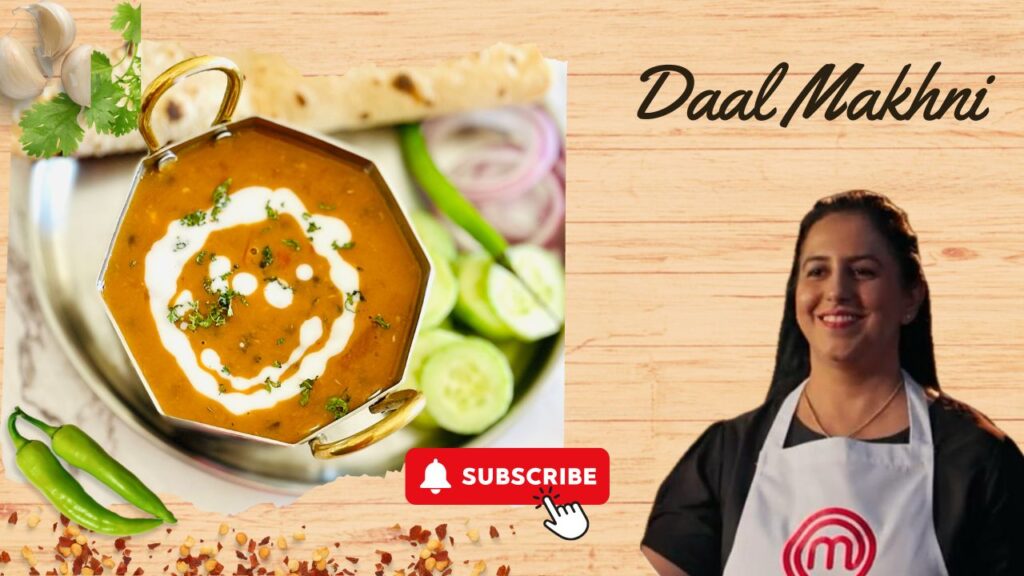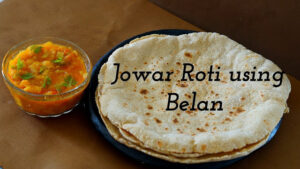Master the art of making Daal Makhni, a creamy, buttery delight that’s a staple in Indian cuisine. This step-by-step recipe guides you through creating the perfect blend of lentils and spices, topped with a rich tomato gravy, for an unforgettable meal.


Daal Makhni: The Soul of Indian Cuisine
In the rich tapestry of Indian cuisine, where every dish tells a story of culture, tradition, and the ingenious use of ingredients, Daal Makhni holds a place of reverence. This luxurious, creamy lentil dish, originating from the vibrant fields of Punjab, is a testament to the depth and diversity of Indian culinary practices. Known for its velvety texture and aromatic spices, Daal Makhni has crossed the borders of its homeland to become a global ambassador of Indian food.
Origins and Cultural Significance
The roots of Daal Makhni trace back to the early 20th century in undivided Punjab, where it was first concocted by Kundan Lal Gujral, the founder of the iconic Moti Mahal restaurant in Delhi. What started as an experiment to cater to the vegetarian clientele quickly became a staple, embodying the richness of Punjabi cuisine. Over the years, Daal Makhni has evolved, absorbing influences and acquiring a sacrosanct status in Indian festivities, weddings, and everyday meals.
Daal Makhni Recipe
Ingredients
For the Lentils:
• 1/2 cup Black Urad Dal
• 2 tsp Rajma (Kidney Beans)
• 2 Cinnamon Sticks
• 2 Bay Leaves
• 2 Black Cardamom
• 2 cups Water
For the Gravy:
• 2 tbsp Ghee
• 1/2 tsp Ginger-Garlic Paste
• 2 tsp Red Chilli Powder
• Puree of 3 Large Tomatoes
• 3 tbsp Butter
• 2 tbsp Cream
• Coriander (for garnish)
• Fenugreek Leaves (Kasuri Methi)
Preparation
1. Preparation of Lentils:
• Rinse 1/2 cup black urad dal and 2 tsp rajma under running water. Soak them in enough water for 8 hours or overnight.
• After soaking, wash the lentils once again and drain.
2. Cooking the Lentils:
• In a pressure cooker, combine the soaked lentils, 2 cinnamon sticks, 2 bay leaves, 2 black cardamom, and 2 cups of water.
• Pressure cook for about 10 whistles or until the dal and rajma are completely soft and tender. Remove the whole spices if desired.
3. Preparing the Gravy:
• Heat 2 tbsp of ghee in a pan. Add 1/2 tsp ginger-garlic paste and sauté until golden brown.
• Stir in 2 tsp red chilli powder and then add the tomato puree. Cook until the ghee starts separating from the tomato gravy.
• Add the cooked lentils to the gravy, mixing well. If the mixture is too thick, add some water to reach the desired consistency. Cook for about 15 minutes on a low flame.
• Add 3 tbsp butter and 2 tbsp cream to the dal. Mix well and cook for another 5 minutes.
4. Finishing Touches:
• Crush the fenugreek leaves between your palms and sprinkle over the dal. Mix well.
• Garnish with chopped coriander leaves.
5. Serving:
• Serve hot with naan, roti, or rice for a comforting and hearty meal.
The Art of Perfecting Daal Makhni
Discuss the nuances that elevate a good Daal Makhni to a great one, such as the importance of the ‘Dum’ cooking technique, the role of patience in simmering the dal to perfection, and the finishing touch of smoke infusion for an authentic flavor.
Daal Makhni Variations Across India
Explore how different regions in India have embraced Daal Makhni and introduced their unique twists. For example, some places might add local spices, while others might experiment with the type of lentils used.
Accompaniments and Serving Suggestions
Suggest various accompaniments that enhance the Daal Makhni eating experience, such as different types of bread (naan, roti, paratha) and rice. Offer ideas for side dishes that complement the flavors, like a tangy pickle or a refreshing cucumber salad.
Conclusion
Wrap up the post by emphasizing the timeless appeal of Daal Makhni, its role in bringing people together, and its ability to adapt and thrive in the changing culinary landscape. Encourage readers to embrace the process of making Daal Makhni, experimenting with flavors, and sharing the dish with loved ones.





